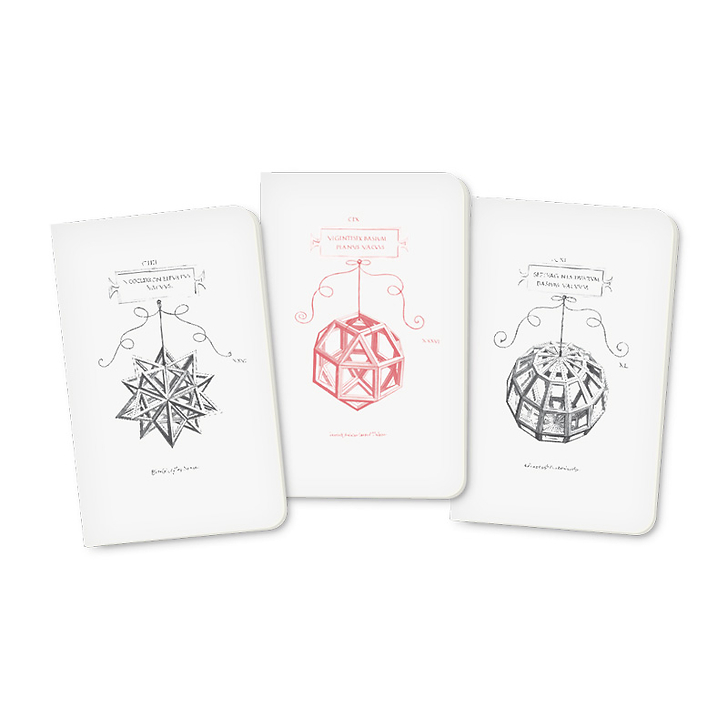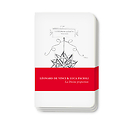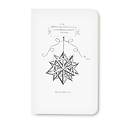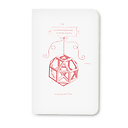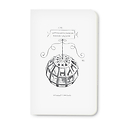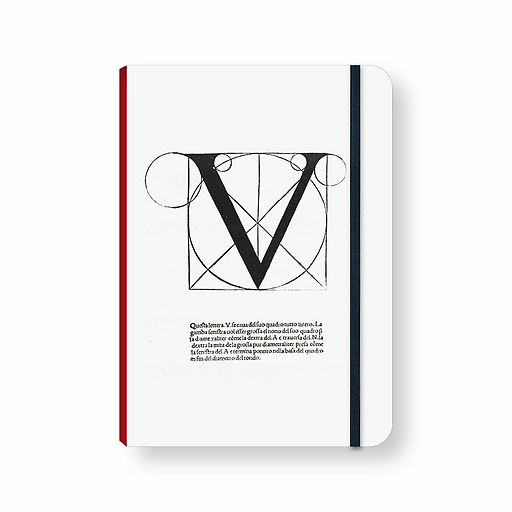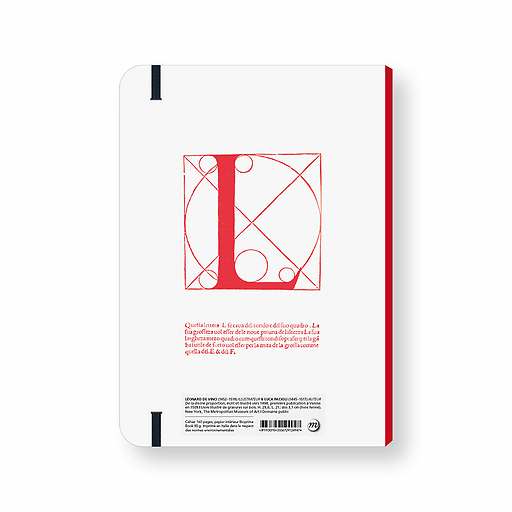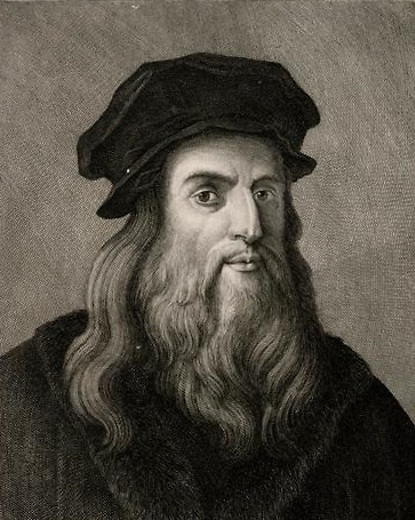Leonardo da Vinci (1452-1519) and Luca Pacioli (1445-1517)
Of Divine proportion (Divina proportione), written and illustrated around 1498, first published in Venice in 1509 - Book illustrated with woodcuts / H.29.65; L.21 cm
Writing notebook, 10 x 16 cm, 56 lined pages - 80g/m² vellum paper, made from...
Read more
Leonardo da Vinci (1452-1519) and Luca Pacioli (1445-1517)
Of Divine proportion (Divina proportione), written and illustrated around 1498, first published in Venice in 1509 - Book illustrated with woodcuts / H.29.65; L.21 cm
Writing notebook, 10 x 16 cm, 56 lined pages - 80g/m² vellum paper, made from chlorine-free pulp.
Printed in France in compliance with environmental standards
Close

